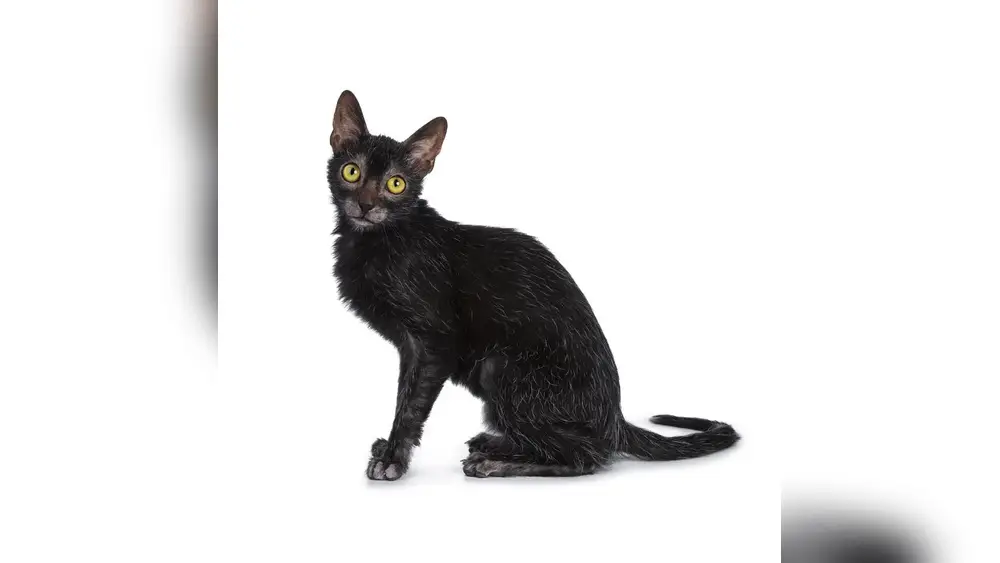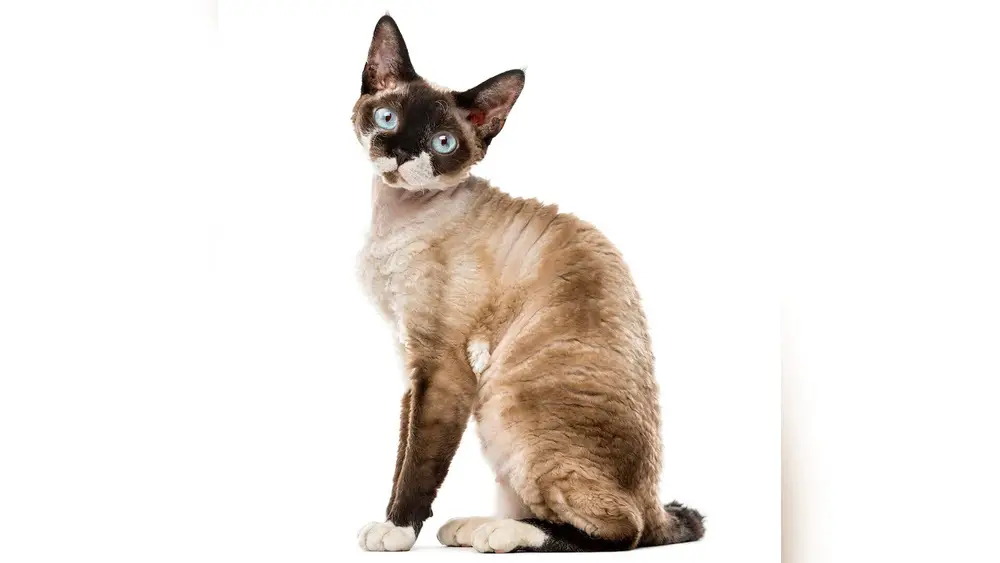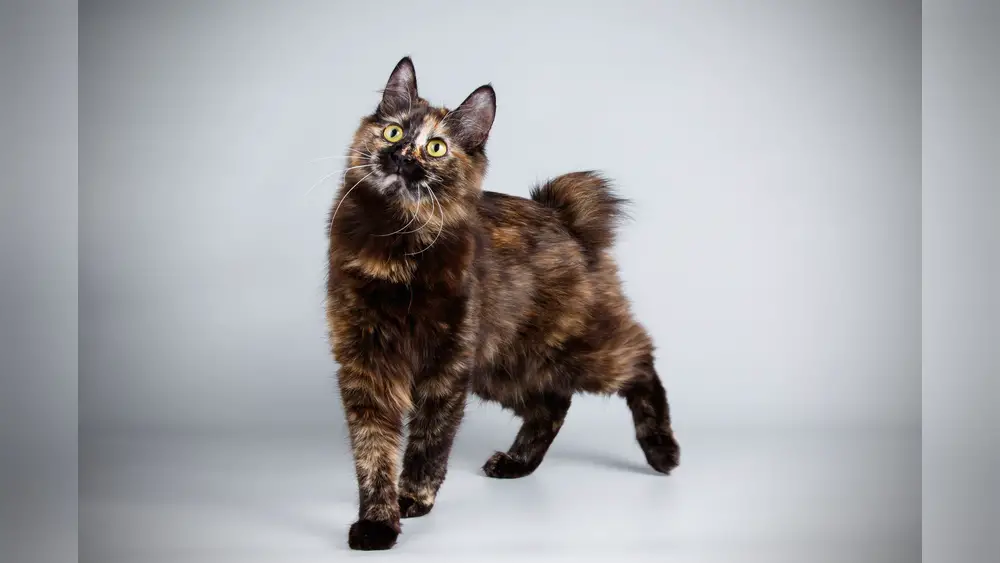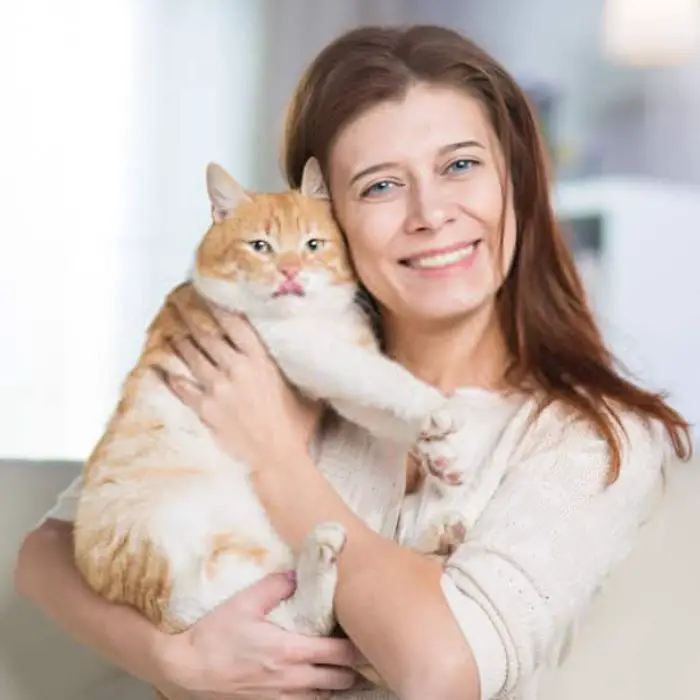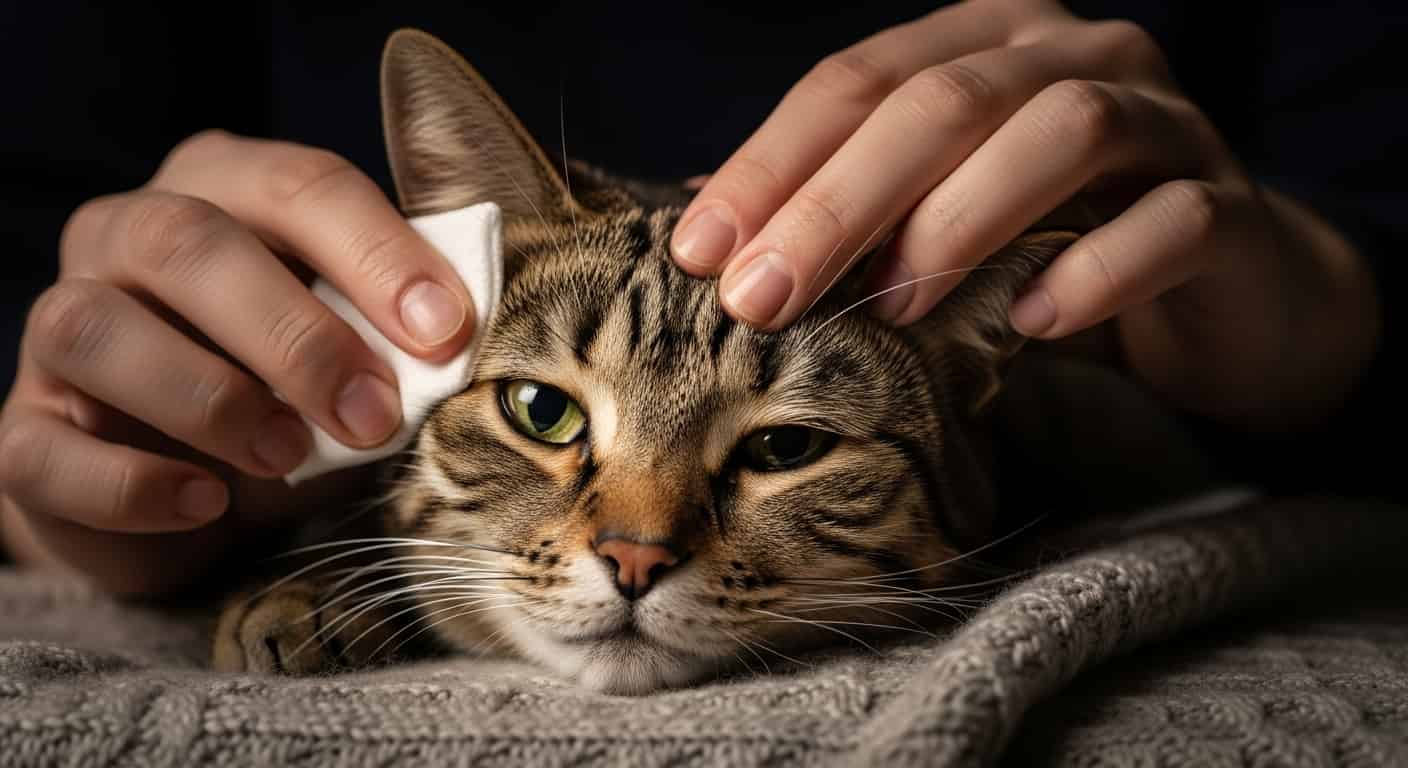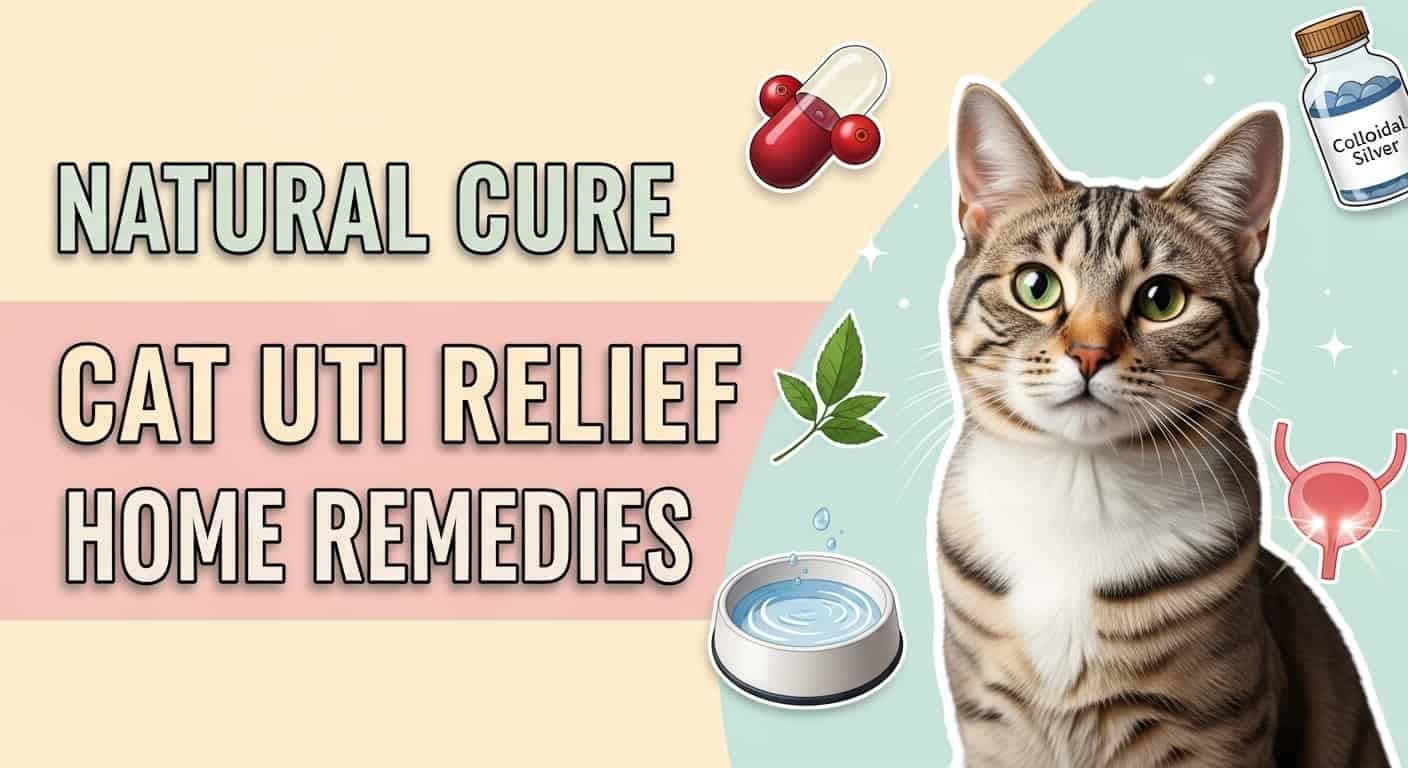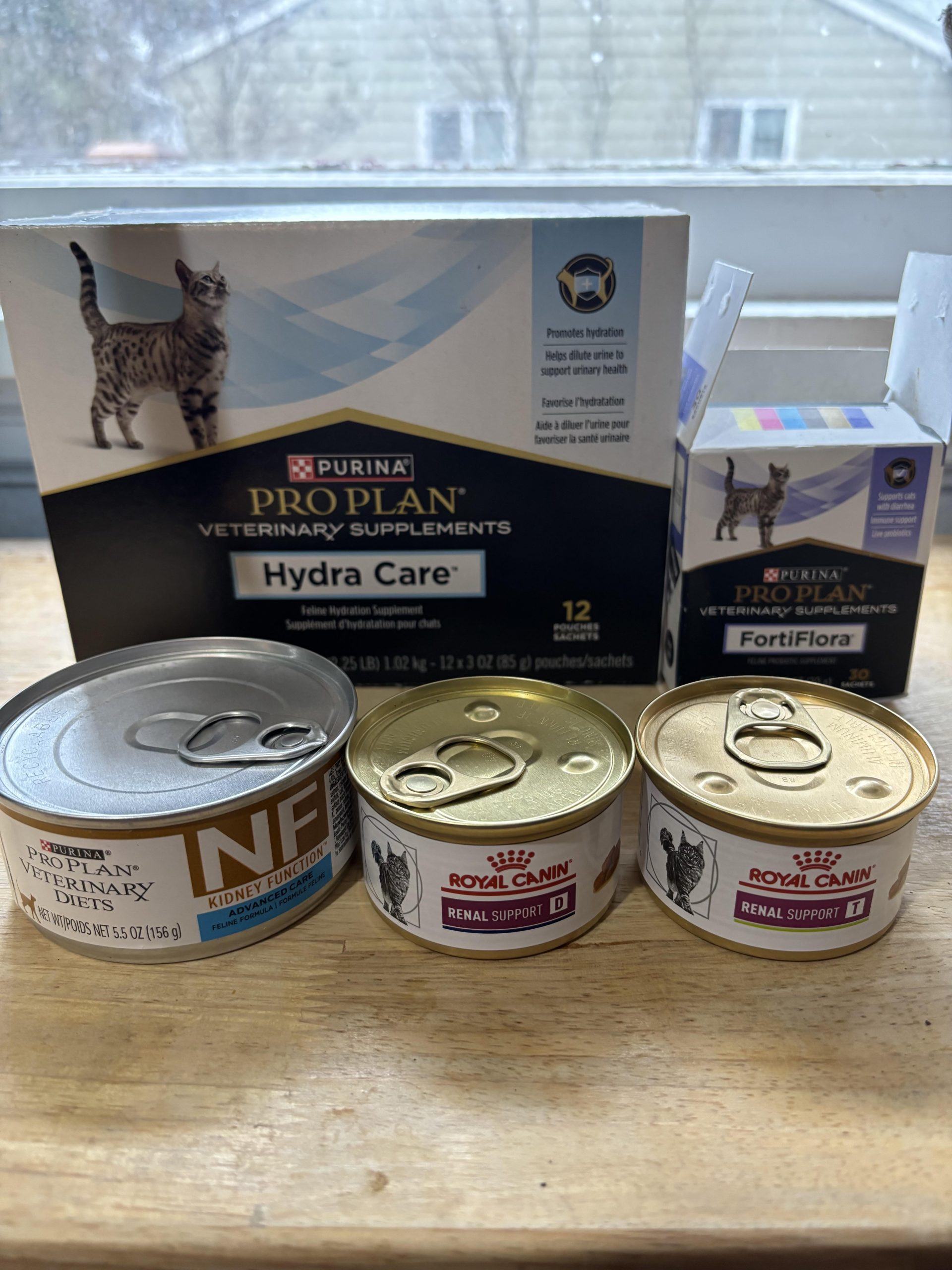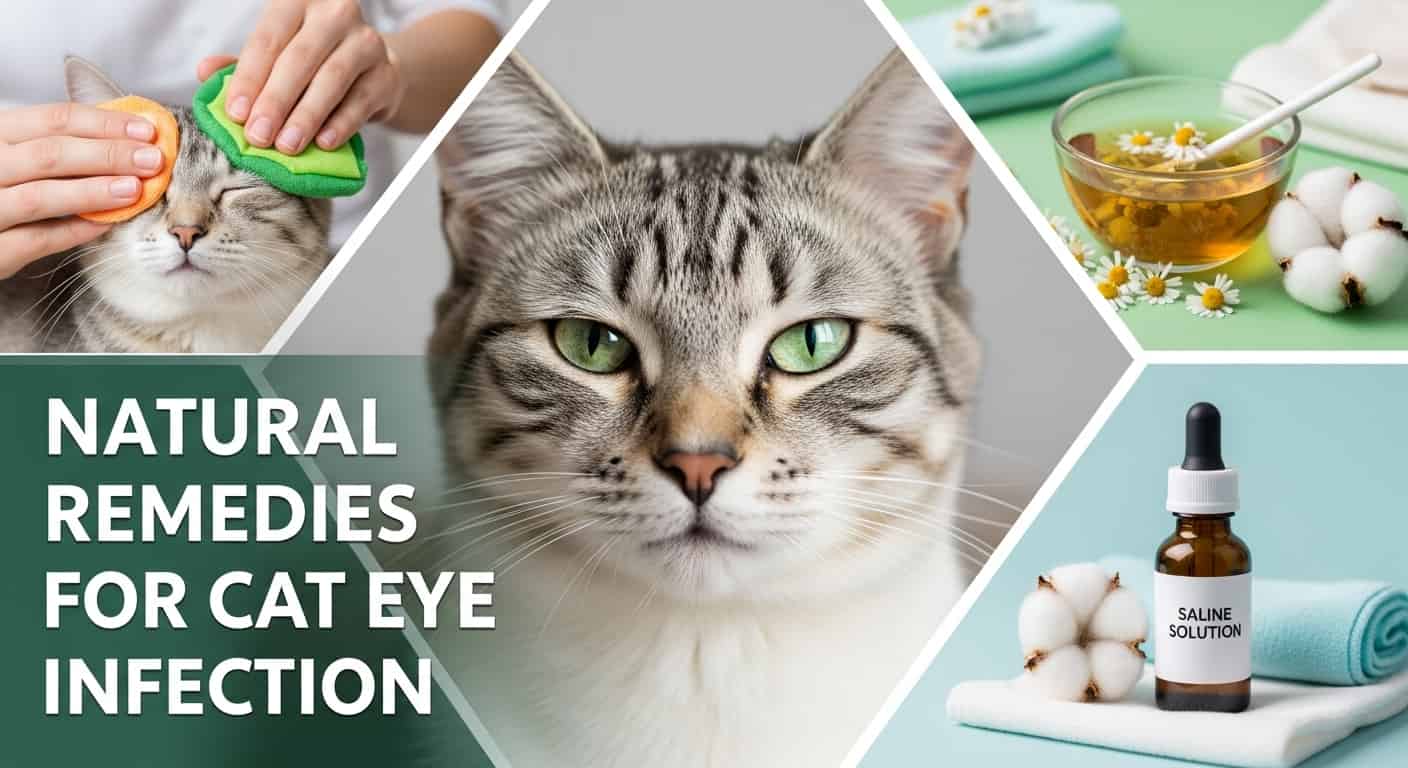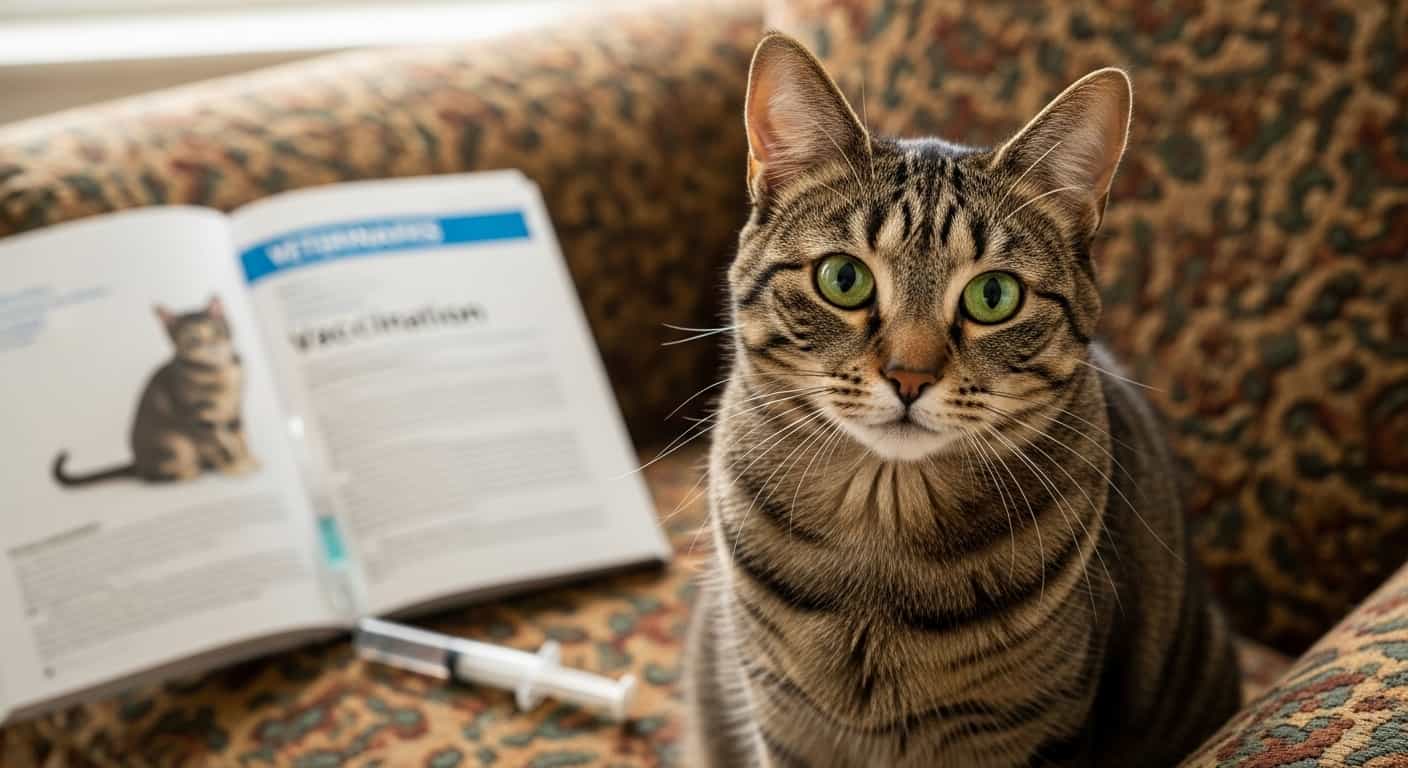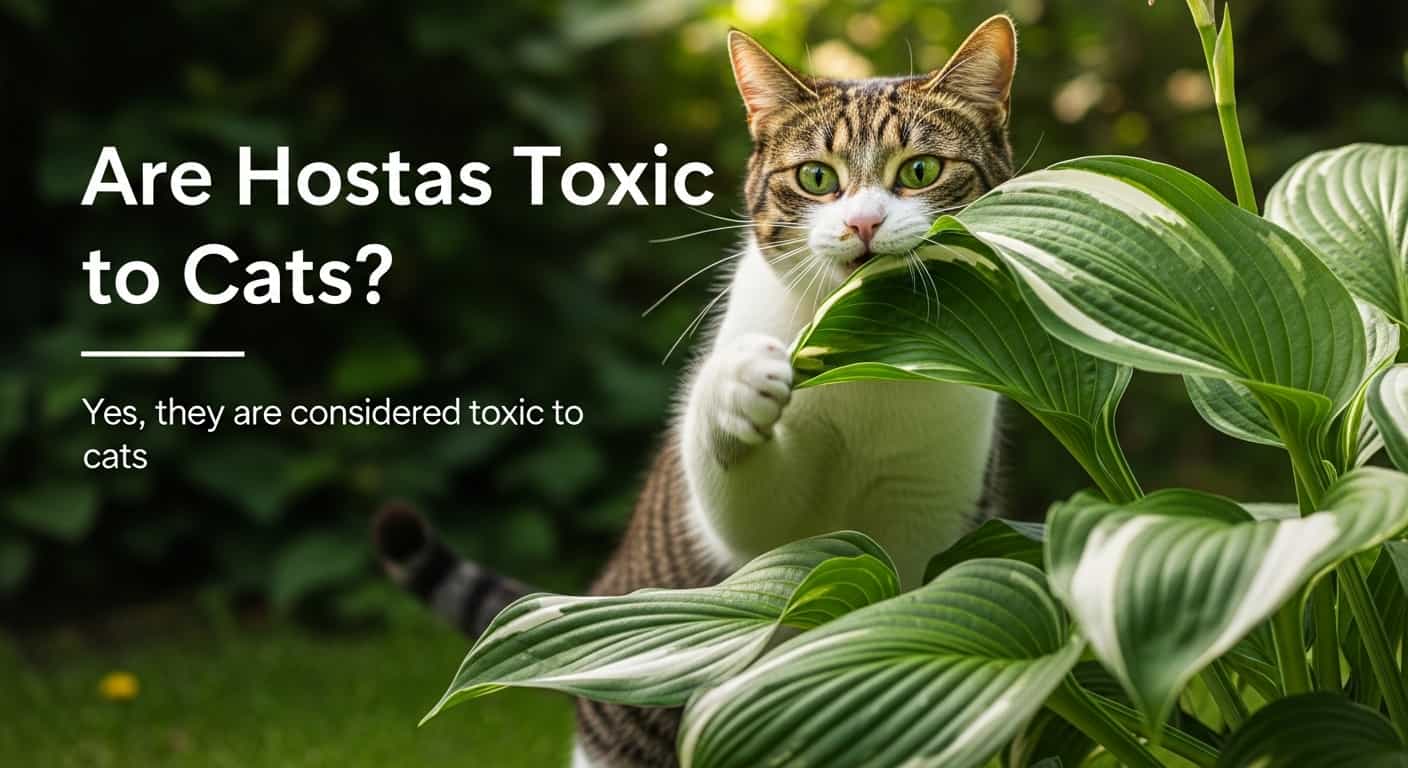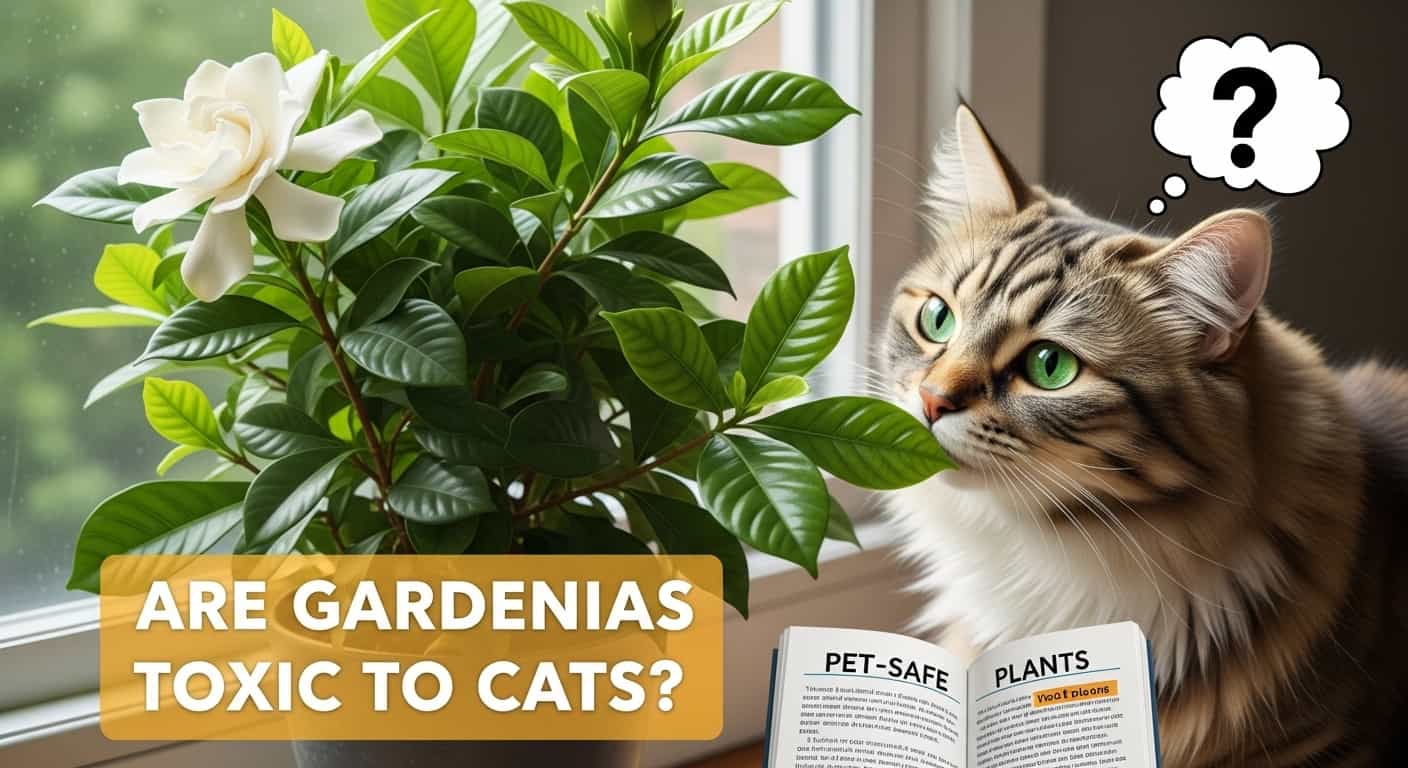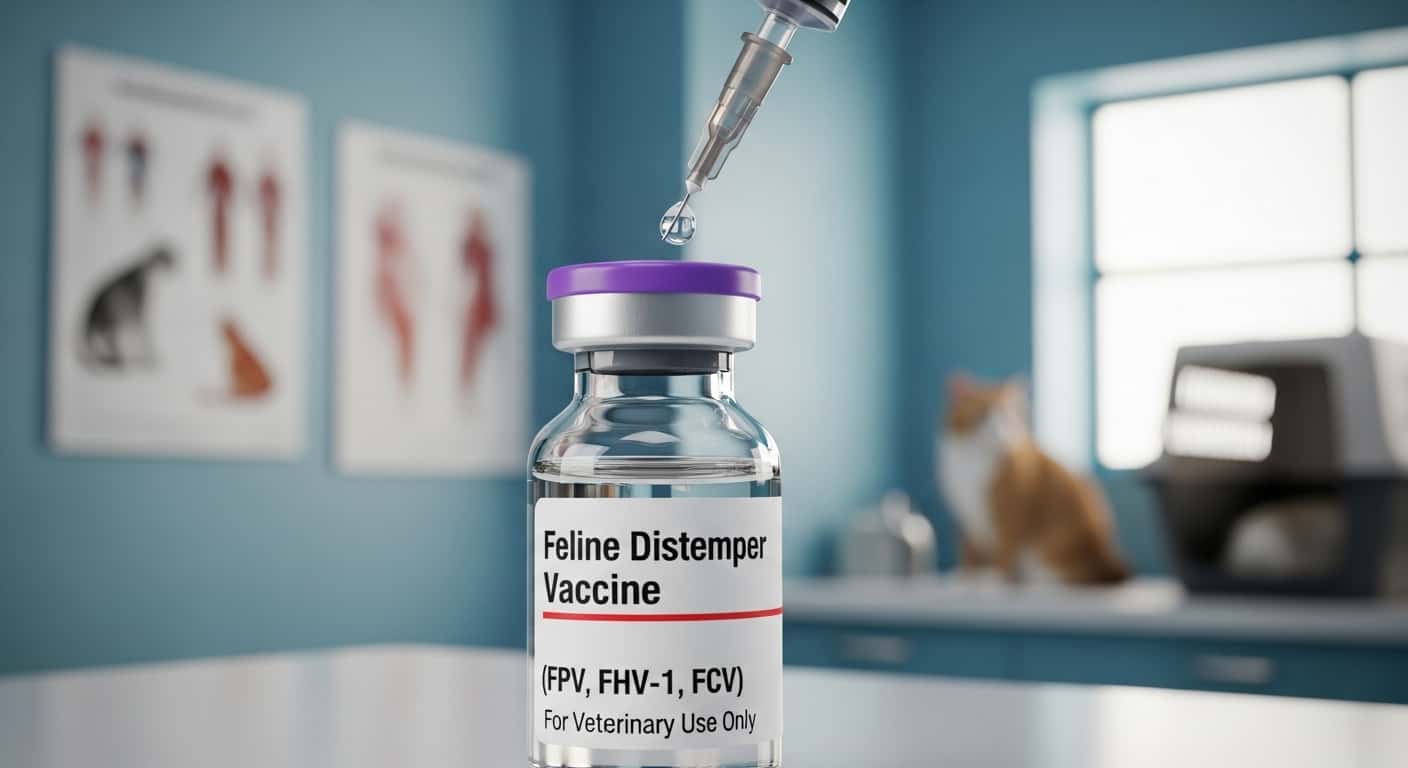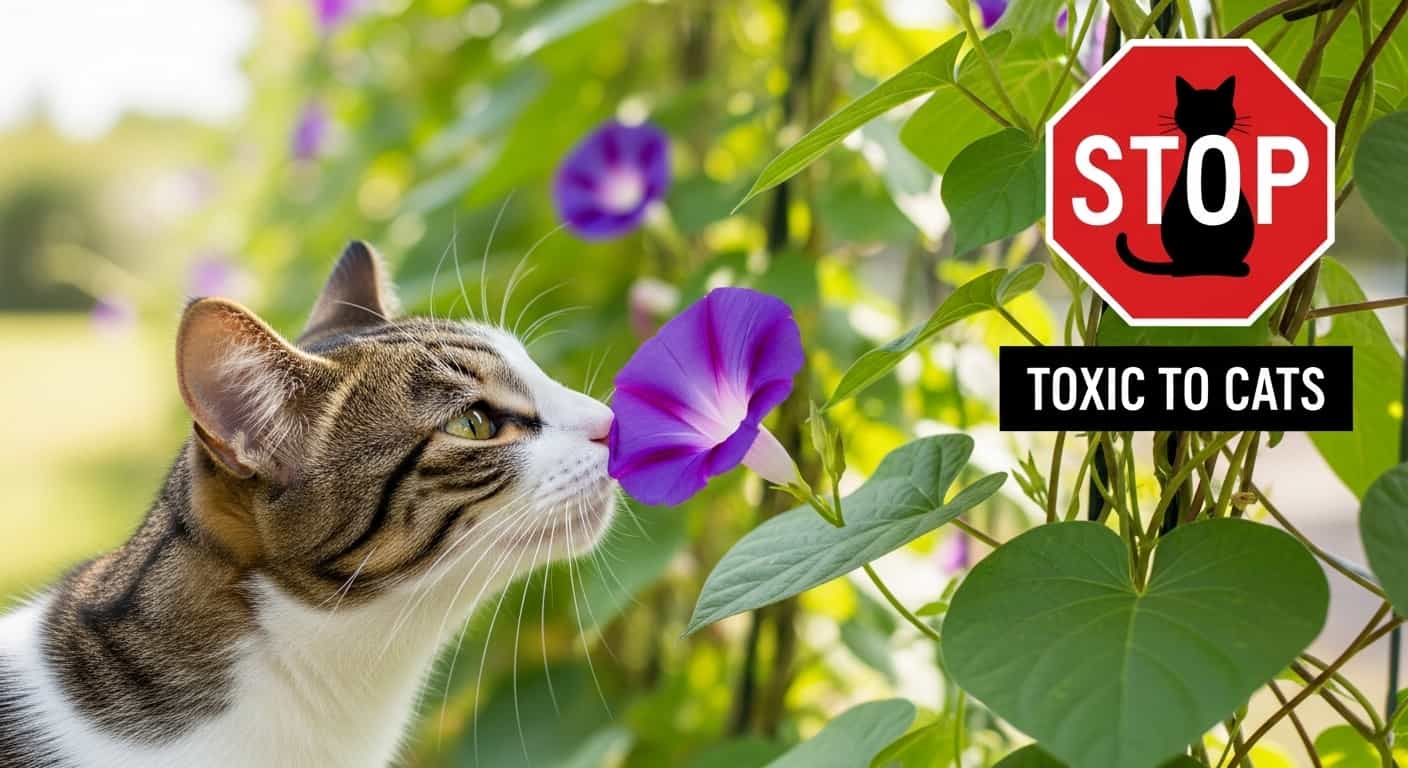Imagine your furry friend playfully exploring your garden, sniffing every colorful bloom with curiosity. As a devoted cat owner, you want to ensure that each plant is safe for your little explorer.
Table of Contents
ToggleOne vibrant flower that often catches the eye is the nasturtium. With its bold colors and delicate petals, it’s a garden favorite. But a question lingers in your mind: Are nasturtiums toxic to cats? You’re not alone in wondering about the safety of plants around pets.
With so many beautiful yet potentially harmful options, it’s crucial to know which ones are safe. You’ll uncover the truth about nasturtiums and their effects on your feline friend. We’ll dive into expert insights and provide you with peace of mind, ensuring your garden remains a safe haven for your cat. Stay with us as we explore everything you need to know to keep your garden pet-friendly and your cat safe.
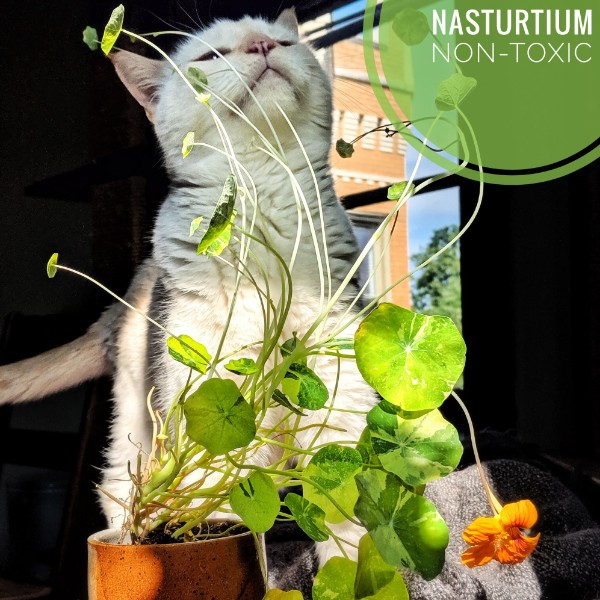
Credit: imfelinefab.com
Nasturtiums And Their Characteristics
Nasturtiums are more than just pretty flowers. They’re a delightful addition to gardens, bringing vibrant colors and unique shapes. But do you know what makes them truly special? Let’s dive into their characteristics and discover why they might be a favorite in your garden.
Visual Appeal
Nasturtiums are a feast for the eyes. Their bright oranges, reds, and yellows add a splash of color that livens up any garden space. The flowers resemble little trumpets, inviting you to admire their beauty. Imagine walking through your garden, and these cheerful blooms greet you. It’s a sight that lifts your spirits instantly.
The leaves of nasturtiums are equally charming. They’re round, almost like little lily pads, offering a perfect contrast to the vibrant flowers. This combination creates a picturesque scene that feels almost like a painting. Have you ever noticed how nature’s artwork can be so mesmerizing?
Here's a related post that you might find useful. Are Coneflowers Toxic to Cats: Essential Safety Guide
Common Uses
Besides their visual charm, nasturtiums have practical uses. They’re edible, adding a peppery taste to salads and dishes. This can be a fun way to spice up your meals with ingredients straight from your garden. Have you ever tried nasturtium pesto? It’s a unique twist that surprises the taste buds.
Nasturtiums also serve as natural pest repellents. Their strong scent can deter certain insects, making them a beneficial companion plant. Think about how you can maintain a healthy garden while enjoying these beautiful flowers. Isn’t it fascinating how nature provides solutions to keep your garden thriving?
Now, as you plan your garden, consider the charm and benefits of nasturtiums. How might they add both beauty and utility to your space? And importantly, are they safe for your curious cat? Stay tuned as we explore their safety for feline friends.
Toxicity Concerns For Pets
When you bring a pet into your home, their safety becomes a priority. One concern many pet owners face is the potential toxicity of plants to their furry friends. Cats, with their curious nature, are particularly susceptible to nibbling on plants. Understanding which plants could be harmful is crucial for ensuring a safe environment for your pet. Are you aware of the plants in your home that might be toxic?
Defining Toxicity
Toxicity, in the context of plants, refers to the ability of a plant to cause harm when ingested or contacted. This harm can range from mild irritation to severe health issues. Symptoms in pets may vary but often include vomiting, diarrhea, or lethargy. It’s essential to know which plants are toxic to prevent accidental poisoning.
One way to gauge the safety of a plant is to check reputable sources or consult with a veterinarian. You might be surprised to find that some common plants are dangerous for cats. Would you be able to recognize a toxic plant?
Here's a related post that you might find useful. Are Lotus Flowers Toxic to Cats? Water Garden Safety Guide
Common Toxic Plants
Many common plants found in homes and gardens pose risks to cats. Lilies are notorious for their severe toxicity and can lead to kidney failure in cats. Sago palms, another popular plant, can cause liver damage.
While nasturtiums are generally considered safe, it’s always better to be cautious. If you notice any unusual behavior in your cat, like excessive drooling or refusal to eat, consider the possibility of plant poisoning. Do you know which plants you have that might be harmful?
Creating a safe environment involves more than just removing toxic plants. Consider placing non-toxic plants in areas your cat cannot access. Would you consider rearranging your space for the sake of your pet’s safety?
By being proactive and informed, you can prevent potential risks and enjoy the companionship of your pet without worry. What steps will you take to ensure a safe environment for your furry friend?
Nasturtiums And Cats
Nasturtiums bring vibrant colors to gardens. Many pet owners love them. These flowers are easy to grow and maintain. They are known for their peppery taste in salads. But, are nasturtiums safe for cats? This question concerns many cat owners.
Cats are curious creatures. They often explore gardens and plants. Understanding the safety of plants is crucial. Owners want to ensure their feline friends are safe. Let’s explore the relationship between nasturtiums and cats.
Safety For Feline Friends
Nasturtiums are non-toxic to cats. This makes them safe for your pet. Cats can sniff or nibble nasturtiums without harm. Many pet owners feel relieved knowing this. Their bright blooms pose no threat to cats.
While safe, always watch your cat in the garden. Some cats might have unique reactions. It’s best to monitor any unusual behavior. Consult your vet if something seems off.
Observations From Pet Owners
Pet owners share their experiences with nasturtiums and cats. Many report no issues with these plants. Cats often ignore them or play nearby. Some cats even enjoy the shade they provide.
These observations offer peace of mind. Owners feel confident having nasturtiums around their pets. Knowing they are safe brings comfort to many. It’s a win-win for garden lovers with cats.
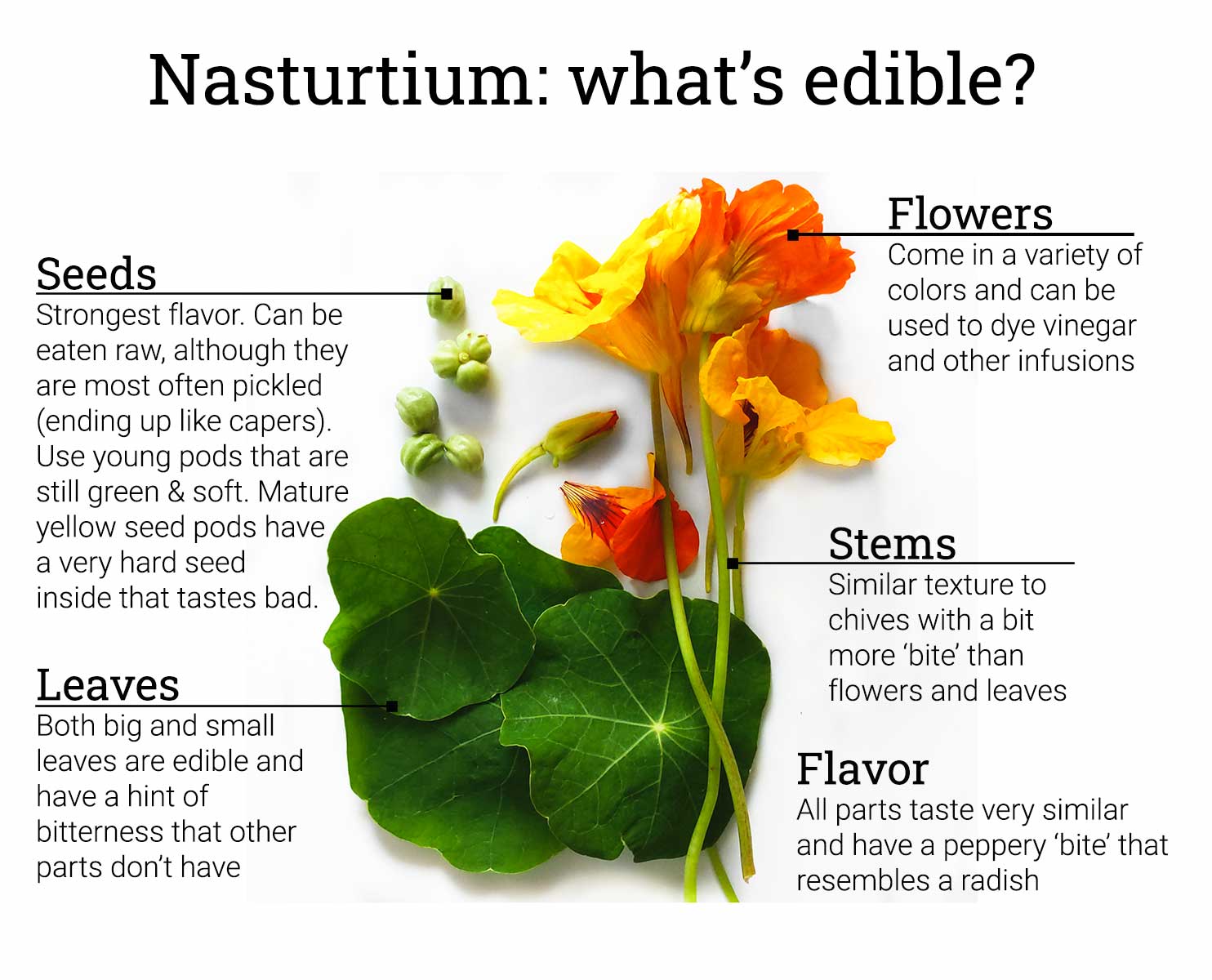
Credit: askthefoodgeek.com
Scientific Insights
Nasturtiums are vibrant and popular garden flowers. Many pet owners question their safety around cats. Scientific insights provide clarity on this matter. Understanding the impact of nasturtiums on feline health is vital. The following sections explore research findings and expert opinions on this topic.
Research Findings
Scientific studies have examined the effects of nasturtiums on cats. Research indicates these plants are non-toxic to felines. Cats may experience mild digestive upset if ingested. This is due to their sensitive stomachs. The plant contains essential oils and compounds that are generally safe.
Ingesting large quantities could lead to mild symptoms. These include vomiting or diarrhea. Such symptoms are usually self-limiting. Most cats recover without medical intervention. Overall, nasturtiums pose minimal risk to feline health.
Expert Opinions
Veterinary experts often discuss nasturtiums’ safety for cats. Many agree these plants are not harmful. They emphasize moderation if cats consume them. Experts highlight the plant’s non-toxicity in their assessments. This aligns with scientific research findings.
Pet care professionals advise monitoring cats around plants. While nasturtiums are generally safe, it’s best to observe. Cats have individual sensitivities that may vary. Consultation with a vet is recommended if symptoms persist. Expert insights reassure pet owners of the plant’s safety.
Handling Nasturtiums At Home
Handling nasturtiums at home requires some basic knowledge. These vibrant plants are generally safe for cats. Yet, care is needed to ensure your furry friends remain unharmed. Understanding how to manage these plants helps keep your home cat-friendly.
Safe Gardening Tips
Gardening with nasturtiums can be a joyful activity. Always wash your hands after handling plants. This prevents any potential residue from reaching your pets. Use organic soil and natural pest repellents. Chemicals can be harmful to both plants and animals. Ensure your garden area is well-fenced. This keeps curious cats from wandering into danger.
Alternative Plant Choices
Consider adding cat-safe plants to your garden. Spider plants make a great choice. They are non-toxic and easy to maintain. Marigolds add color without posing risk. Also, violets are safe and beautiful. These alternatives can complement your nasturtiums. Creating a safe environment for your cats and garden.

Credit: www.urbanpaws.com.au
Steps To Take If Cats Ingest Plants
Cats are naturally curious creatures, often exploring their environment with a sense of adventure. This inquisitive nature can sometimes lead them to nibble on plants. If you suspect your cat has ingested a plant, it’s crucial to act quickly and effectively. Understanding the steps to take can make all the difference in ensuring your feline friend’s safety and health.
Recognizing Symptoms
First, observe your cat for any unusual behavior. Cats are masters at hiding discomfort, so subtle signs like drooling, vomiting, or lethargy might indicate something is wrong. You might also notice changes in appetite or increased thirst.
Trust your instincts. If your cat seems off, it’s worth investigating further. Have you noticed any chewed leaves or stems around your home? This could be a clue pointing to plant ingestion.
Immediate Actions
Quick action can prevent complications. Remove the plant or any remnants from your cat’s access immediately. This will prevent further ingestion and give you peace of mind.
Contact your veterinarian or a pet poison helpline right away. Have details ready about the plant your cat ingested. If you’re unsure, consider taking a photo of the plant for identification.
While waiting for professional advice, keep your cat calm and comfortable. Avoid inducing vomiting unless instructed by a vet. Sometimes, what seems like a minor incident can escalate quickly, so it’s better to be safe than sorry.
Reflect on your home environment. Are there other potential hazards your cat might explore? Keeping plants out of reach is a proactive step in safeguarding your pet’s health.
Have you ever faced a similar situation? Sharing experiences with fellow cat owners can be enlightening. It’s surprising how common these incidents are, and learning from others can provide valuable insights.
Every step you take matters. Ensuring your cat’s safety not only protects them but also strengthens the bond you share. What changes will you make to prevent future mishaps?
Frequently Asked Questions
Are Nasturtiums Safe For Cats To Eat?
Nasturtiums are generally safe for cats and are not toxic. However, excessive consumption may cause digestive upset. If your cat shows any symptoms like vomiting or diarrhea after eating nasturtiums, contact your veterinarian. Always monitor your pet’s interaction with plants to ensure their safety.
What Symptoms Show If A Cat Eats Nasturtiums?
If a cat eats nasturtiums, symptoms are usually mild. They may include vomiting or diarrhea. These symptoms occur if the cat consumes an excessive amount. Always monitor your cat’s behavior and consult a vet if symptoms persist. Generally, nasturtiums are not harmful to cats.
Can Nasturtiums Cause Allergies In Cats?
Nasturtiums are not known to cause allergies in cats. However, every cat’s sensitivity differs. If you notice any unusual symptoms or allergic reactions, consult your vet. Always ensure your cat’s environment is safe and free from any potential allergens.
How To Prevent Cats From Eating Nasturtiums?
To prevent cats from eating nasturtiums, keep plants out of reach. Use deterrent sprays or plant them in inaccessible areas. Providing alternative cat-friendly plants can also help. Regularly monitor your cat’s behavior around plants to ensure their safety and well-being.
Conclusion
Nasturtiums are safe for cats. They pose no toxic risk. Cats nibbling on these plants remain healthy. Nasturtiums add beauty without harm. Pet owners can relax. No need to worry about these flowers. Keep an eye on your cat’s behavior, though.
Every pet is different. If unusual symptoms appear, consult a vet. It’s always best to stay informed. Your cat’s safety is important. Choose plants that are non-toxic. Nasturtiums fit perfectly in pet-friendly gardens. Enjoy their vibrant blooms and peace of mind.
Safe choices make happy homes.


